The History Of Cotton Candy
September 4, 2014 in Daily Bulletin
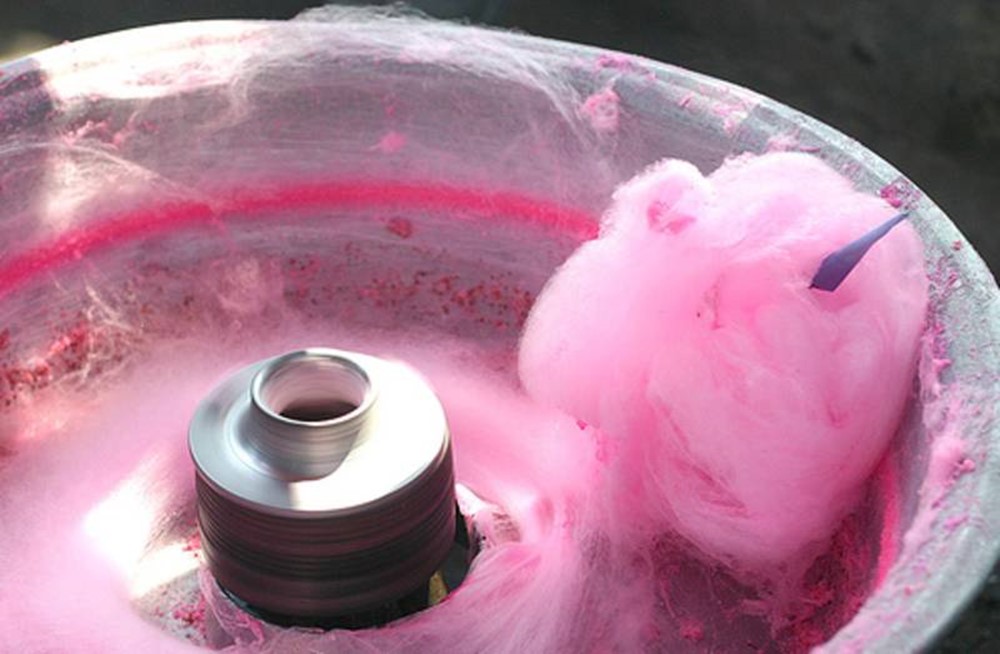
Zachary Crockett wrote about cotton candy:
- The desert can be traced back to Italy in the 15th century when sugar syrup was used to create delicate strands of candy.
- Due to the labour intensive process, as well as the high price of sugar, the “webs of gold and silver” were a treat to be enjoyed by the very rich.
- Oddly enough, it was a dentist in 1897 who invented a machine that allowed for the treat’s mass production. It was called “fairy floss”.
- The machine was debuted at the World’s Fair and despite the high cost per serving, it was a hit. The inventor dentist and his partner earned close to half a million in today’s dollars at the fair.
- We owe another dentist in 1921 for coming up with the term “cotton candy”.
- These days manufacturers of the machines like to note that since the ingredients are so cheap – all that is needed is a small amount of sugar, air, flavouring, and dye – each serving is almost pure profit.
Read about the history of cotton candy, why Australians still prefer to call it fairy floss, and more over here.
Source: Priceonomics

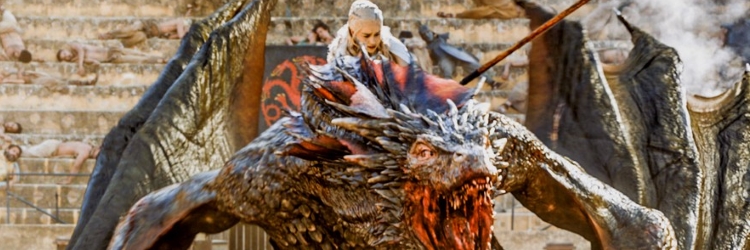







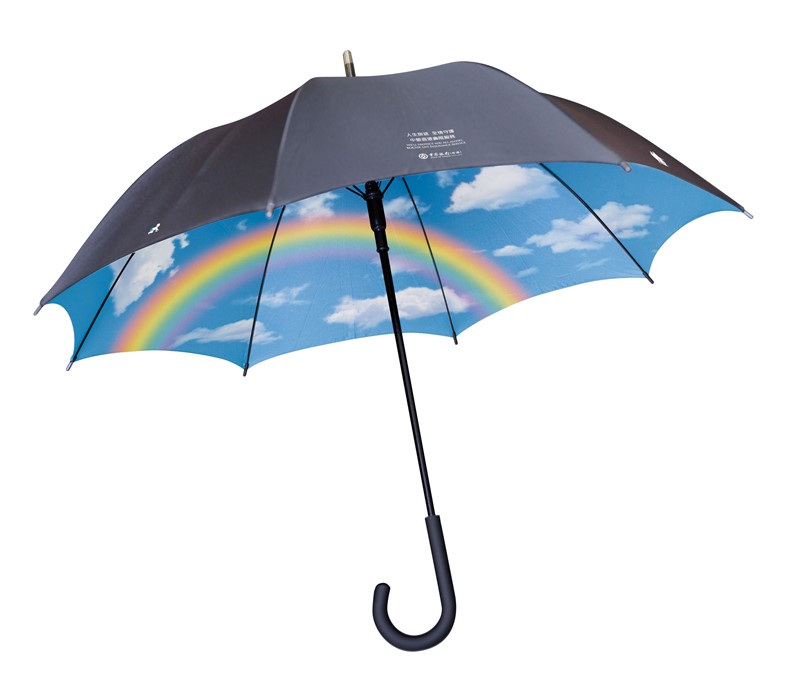
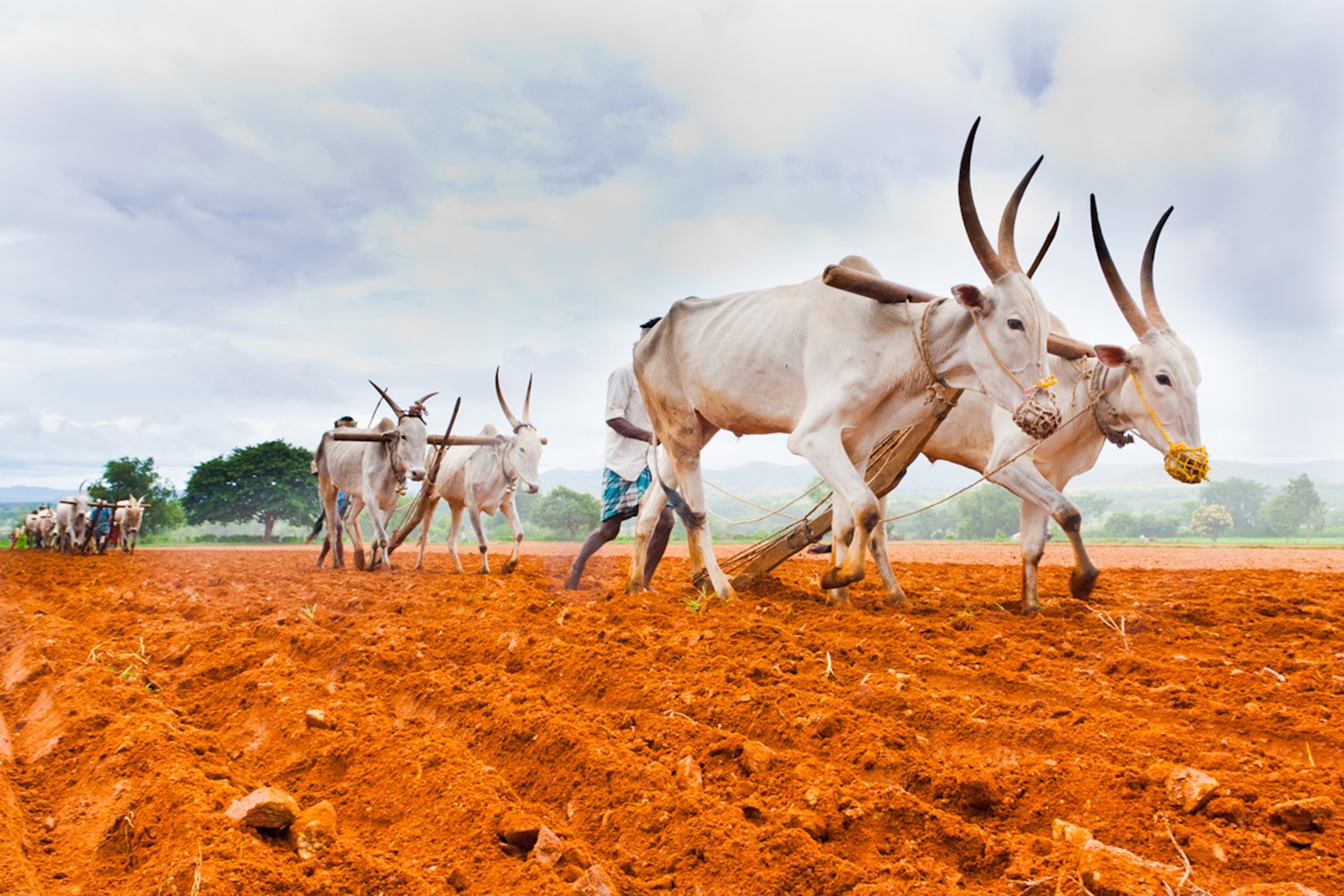




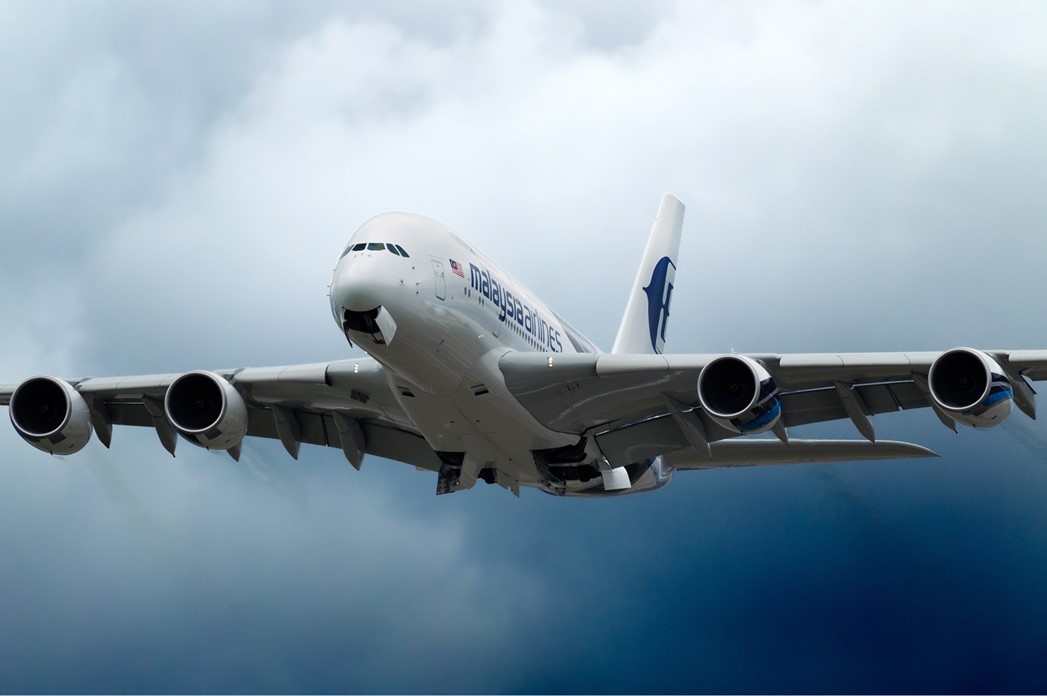
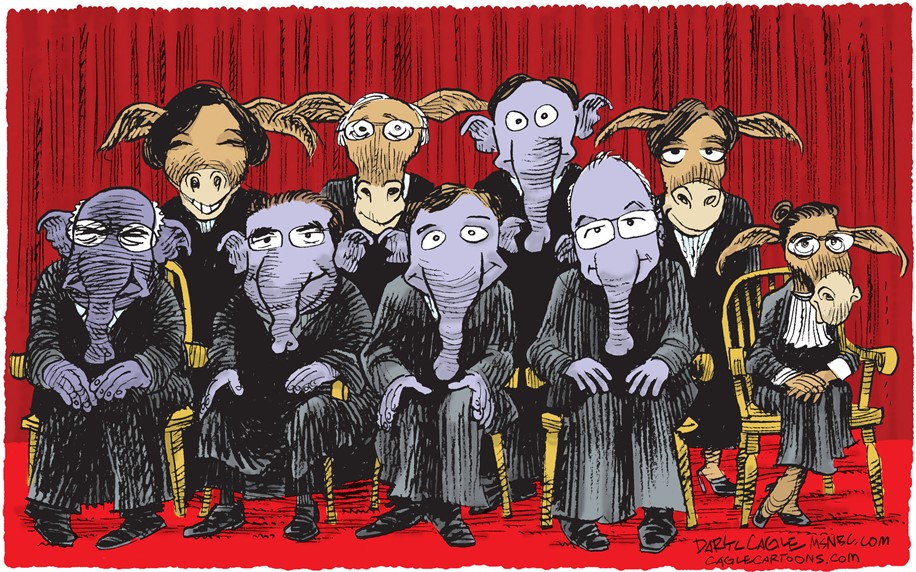
Join the Discussion! (No Signup Required)